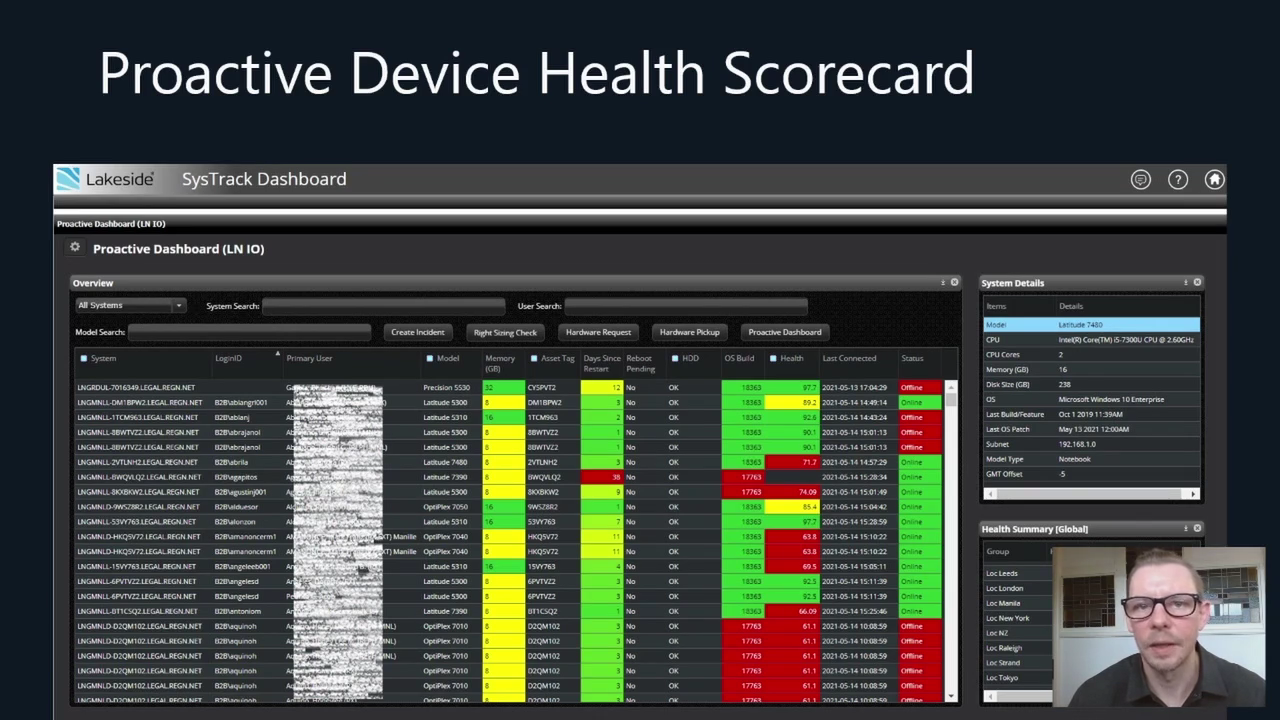
A closer look at how digital experience management transformed the way the legal software corporation does business When it comes to top-notch legal, regulatory, and business information that advances the rule of law around the world, there’s no bigger name than LexisNexis.
Part of the multinational information and analytics company RELX, LexisNexis provides publishing, professional, and legal software that combines information and analytics with cutting-edge technology, including machine learning, natural language processing, visualization, and artificial intelligence. These powerful tools and solutions are widely used by law firms across the globe to help lawyers efficiently manage their work, better serve their clients, and win cases.
But fully utilizing these products depends on smooth digital experiences. And when technology issues occur, it can put a frustrating halt to customer productivity.
In early 2020, LexisNexis turned to Lakeside Software for a digital experience management (DEM) platform that would help improve customer experiences through experience level agreements (XLAs) and proactive IT support approach. Since then, the company has used Lakeside to expand visibility across the digital environment, transform IT operations, improve customers’ digital experiences, and achieve better business outcomes.
“It’s hard to believe that a year ago, some of the decisions we were making, we didn’t have the data to back it up,” said Greg Dolphin, Global IT Support Manager at LexisNexis, during a session at Lakeside’s DEXterity Virtual Conference 2021. “We’re now in a world where the data is driving the decisions we’re making and helping us make better strategic and tactical decisions throughout the organization.”
Here’s a closer look at LexisNexis’ journey.
Challenge: More Visibility into the End-User Experience
Traditional metrics, such as service level agreements (SLAs) and customer satisfaction (CSAT), only show a small part of the overall picture at LexisNexis, according to Dolphin.
Although the IT team could see how well it reacted to issues, time to remediation, and feedback from customers, the limited data “wasn’t showing us what the customer experience was really like,” he noted.
After all, process-focused SLAs don’t always match customer experiences. While SLAs do show IT is able to successfully address reported issues, for example, they don’t take into account an end user’s frustration or the impact on their productivity like an experience level agreement.

“This is known as the watermelon effect where everything appears green on the outside from a metrics perspective, but customer experience is actually the opposite and quite red on the inside,” Dolphin said.
There had to be more to the story. And to find the missing pieces, LexisNexis needed the right solution and strategies in place.
Greg Dolphin’s session during DEXterity 2021, Transforming Employee Experience Through Holistic Use of DEM.
Solution: DEM with Lakeside’s Digital Experience Cloud
To expand visibility and improve customers’ digital experiences, Dolphin and his team turned to Lakeside Software’s Digital Experience Cloud, powered by SysTrack.
The highly scalable digital experience management solution uses lightweight agents directly at endpoints — regardless of location or type of device — to collect more than 10,000 metrics every 15 seconds. By applying intelligent analysis to a rich repository of data, SysTrack provides organizations with deeper insights into their digital environments, both in real time and through historical trends.
“What we’ve found is that SysTrack, being nearly real time, has much more accurate data than a lot of other tool sets out there,” Dolphin said. “Having this data almost real time enables us to make much better decisions in a much more timely manner.”

A screen grab of Greg Dolphin presenting a custom SysTrack dashboard his team uses to track potential issues and disruptions that can be proactively addressed. Dolphin’s presentation, Transforming Employee Experience Through Holistic Use of DEM, was featured during Lakeside’s DEXterity Virtual Conference 2021.
Using this wealth of metrics combined with subjective data — including end-user feedback from surveys and sentiment input — Dolphin and his team can create XLAs for IT as well as other different business functions, such as onboarding or procurement. They use Lakeside’s SysTrack engine to track about 50 different metrics directly from endpoints to determine critical app performance, service reliability, number of tickets generated by users, and, of course, feedback to establish baselines and track overall digital experience.
Lakeside’s platform has also helped Dolphin and his team create a strong proactive IT strategy for identifying and remediating issues before they become problems.
“In the past, to me, proactive support was asking someone if something was wrong without really understanding what the problems were. With digital experience management tools, we now have data that helps us understand what is wrong … before we even reach out to (customers).”
The initial proactive service operations directives: Track and improve the quality of calls made with Microsoft Teams and monitor the overall health of devices to address poor performance issues. After a year, Dolphin says about 5% of the logged incidents are now filed proactively, and the current goal is to reach 20% by the end of 2021.
Results: Better Customer Experiences and Business Value
By establishing XLAs and proactively addressing issues before they impact end users, LexisNexis has drastically improved customers’ digital experiences and feedback.
“People really appreciate us reaching out to them and helping them improve their experience … before they have to reach out to us,” Dolphin said.
The company’s DEM-powered strategies have also led to other positive outcomes, including:
- Fewer reactive service tickets filed as more proactive action is taken.
- Using SysTrack’s health score as a critical IT measurement that reflects customers’ actual digital experiences.
- Improved customer productivity as a result of better system and device health scores.
Added business value can also be found in other projects and initiatives utilizing Lakeside’s solution, Dolphin added.
The company also uses Lakeside’s Digital Experience Cloud as a “single source of truth” for asset management as well as a basis for more strategic device lifecycle decisions.
“What we found is that some customers that don’t have heavy use for their machines will still be able to operate absolutely fine on a machine that’s sometimes three or four years old,” Dolphin said. “If you can get an extra year or even two out of those devices, the cost savings across the organization is quite dramatic.”
Dolphin and his team have also created a process of engaging new employees with surveys that help introduce useful resources — such links to HR materials, IT support websites, and finance information — and are building personas to further personalize IT interactions with customers, right-size setups, and optimize resource usage.
But those are just a few of the Lakeside Digital Experience Cloud uses Dolphin and his team have tapped into so far.
“It really does feel like we’re only at the tip of the iceberg here,” Dolphin said. “We’re constantly unlocking new use cases for the data we’ve got and how we can use it to improve the customer experience across the organization.”
Subscribe to the Lakeside Newsletter
Receive platform tips, release updates, news and more



